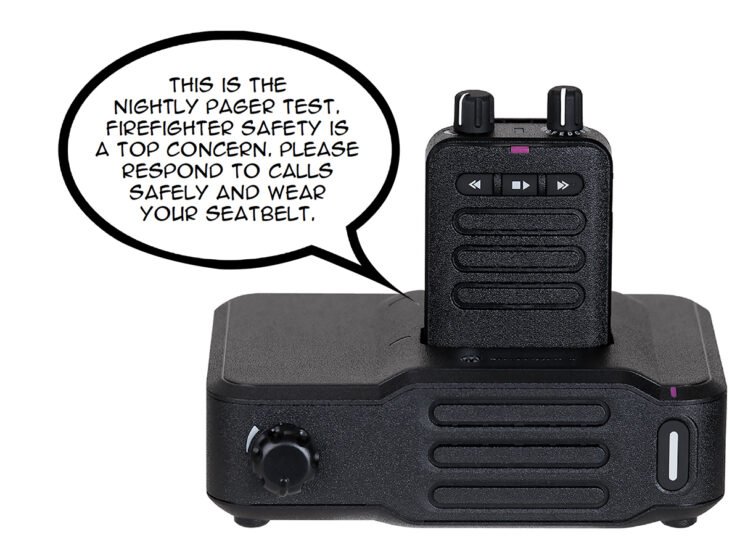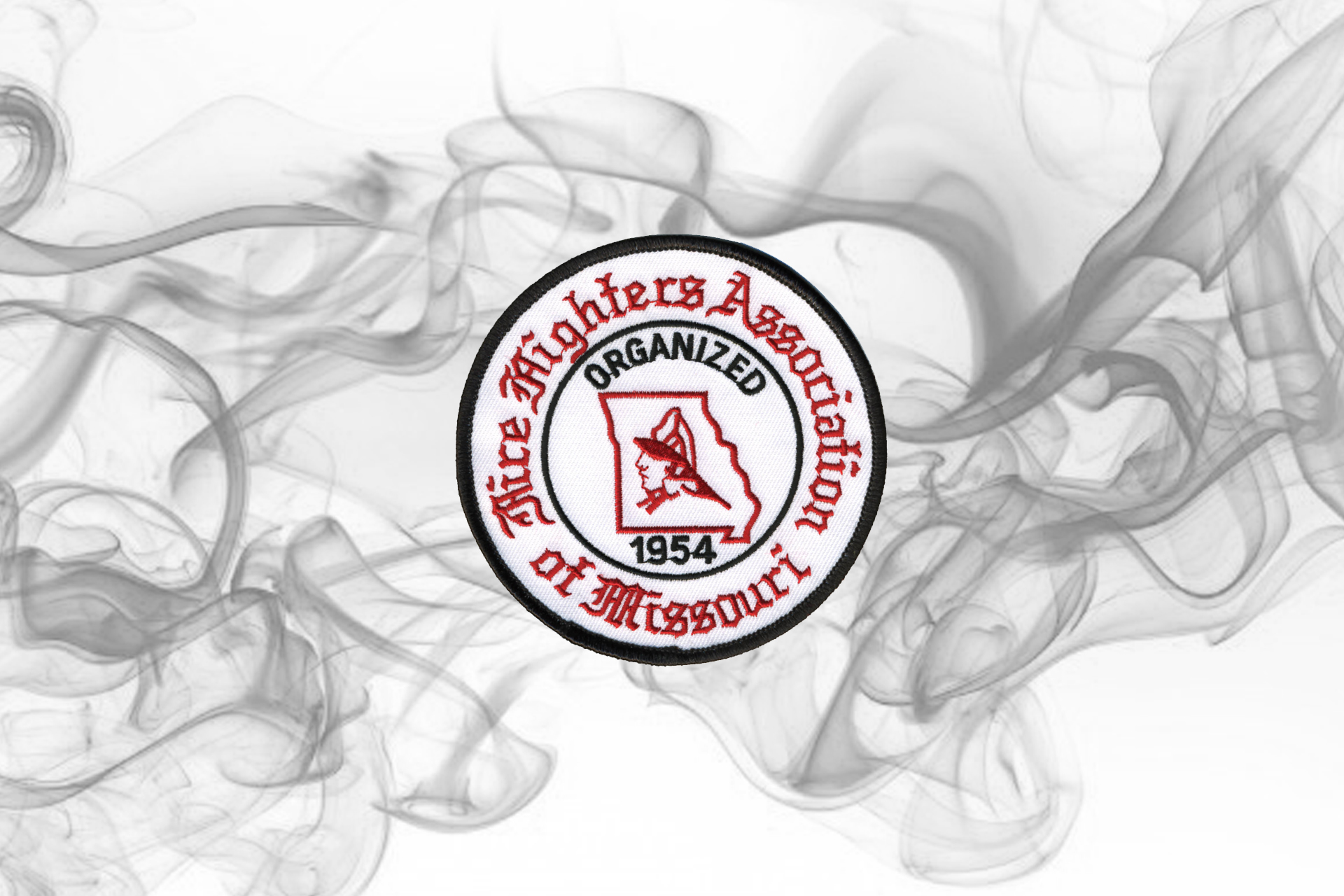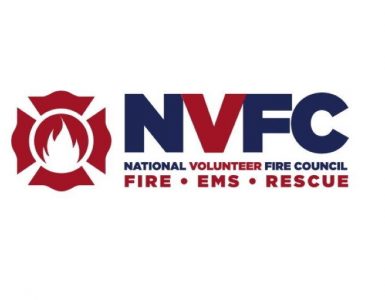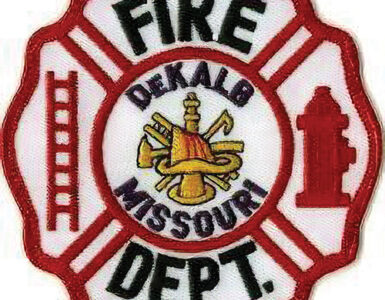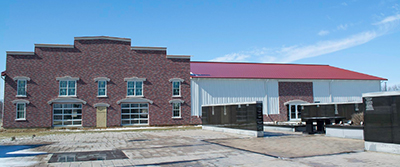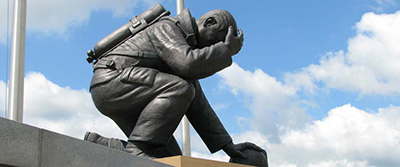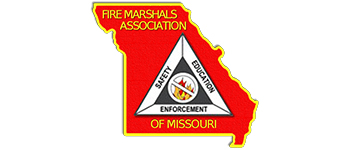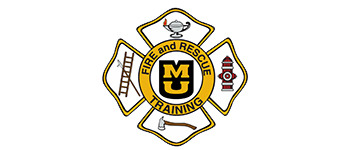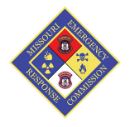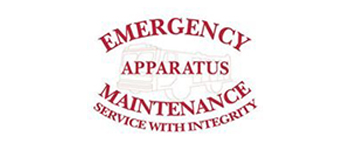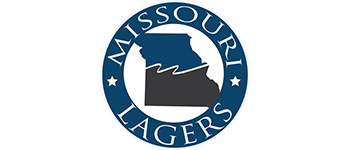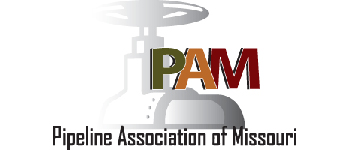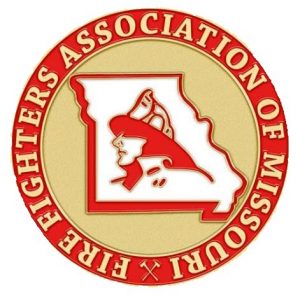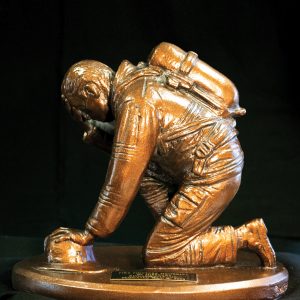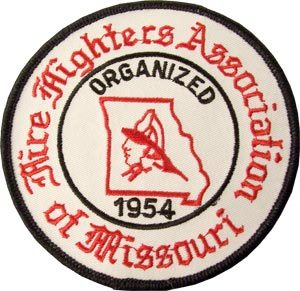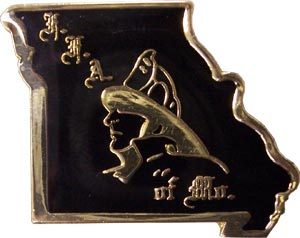A Safety Opportunity?
At 6:00 p.m. each night, fire pagers and smartphone dispatch apps come alive across Missouri. From McDonald County to Clark County pagers are activated by dispatch to check the notification system.
Could nightly pager tests be an opportunity to improve firefighter safety awareness? As part of routine pager tests, could quick “just in time” safety messages be added to a dispatcher’s script – and recited to firefighters each night?
For years the Columbia Fire Department has performed daily radio checks with on-duty crews. During this procedure a statement is recited by the dispatcher: “All personnel are to use caution while operating fire department apparatus and equipment.” Each day all on-duty CFD personnel hear this quick but important message.
What a great way to get safety messages to firefighters!
Can your department and dispatch center work together to start a similar practice? Could this concept ALSO be expanded to law enforcement and ambulance districts? For example, could scheduled or random alert tones with safety messages be transmitted to on-duty law enforcement officers in your area?
Add a safety message to the dispatcher’s nightly pager test script. For example:
- This is the nightly pager test for the __________ fire department. The fire chief expects all firefighters to respond safely. All firefighters must use seat belts when responding in fire apparatus or personally owned vehicles…This is the nightly pager test for the __________ volunteer fire department. Nightly Safety Alert: Weather will deteriorate overnight. If dispatched, please drive and operate on emergency scenes safely.
- This is the nightly pager test for the __________ fire district. The fire chief and officers want you to stay safe. Use personal protective equipment on all fire, rescue, and emergency medical responses…
- On highway scenes, be prepared for secondary crashes. Park apparatus properly and use blocking techniques.
- Check your personal protective equipment for readiness and function. Report any problems to your officer.
- Temperatures will be excessive this week. Stay hydrated, take breaks, and keep drinking water handy.
Expanding the use of smartphone apps is a great way to send safety messages. If your fire department uses smartphone apps in addition to traditional pagers, authorize a member to send regular safety messages to all members.
Diversify the message – change it often. Customize the message. Be sincere with your safety alerts. There are 365 opportunities per year to share a new safety message!
- “This message is from the fire chief…”
- “The board of directors and fire district officers care about your safety…”
- “Do your part to keep each other safe…”
- “Firefighter safety is a top priority at our fire department. To stay safe on emergency calls do the following…”
Create scripts that address:
- Weather changes, incoming bad weather, extreme heat or cold, or dangerous winds or storms
- Deteriorating road conditions, to include excessive rain, flooding, or accumulating ice and snow
- Response area safety concerns, like power outages, water line problems, low-water crossings
- Safe driving messages for apparatus, ambulances, and personally owned vehicles
- Safe responses during community events like fairs and parades
- When equipment, building, or trucks change, or when there are specific response instructions
- Utilizing personal protective equipment at all fire, rescue, or emergency medical scenes
Contact the authors any time to discuss this process or message ideas. We’d be happy to help! It’ll take some work to coordinate, but the result is reduced incident risk through improved firefighter safety awareness. Let’s use all communication tools at our disposal to share “just in time” safety messages!


